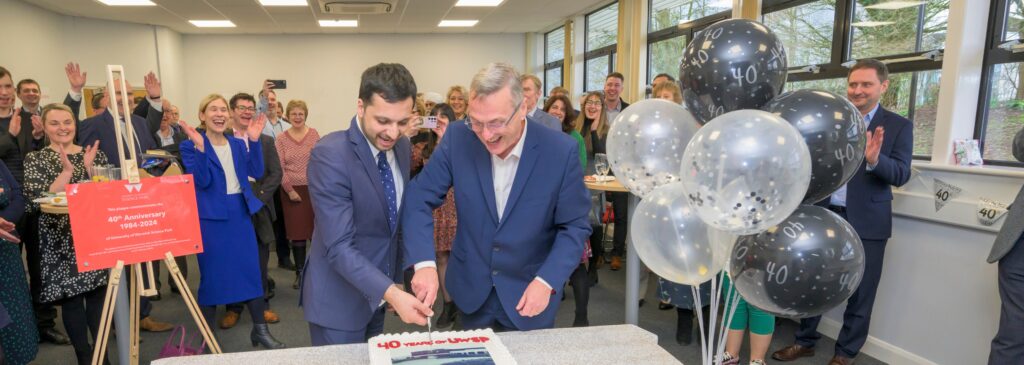Author – Dirk Schaefer
Whatever the motivation, innovation is good, but it requires more than just having a good idea. The process from having an idea to having an actual product or service that is ready for commercialisation is complex and requires levels of due diligence to de-risk making a significant investment in time and money.
There are a number of different methodologies for bringing along innovation in companies and all have their merits. The New Product Development (NPD) process is a gated eight stage process ranging from ideation through to commercialisation and review of market performance. The idea of the NPD process is to systematically take innovators through the different gates and only move on once a gate has been cleared.
The Design Thinking methodology brings innovation along by focusing on design which gravitates around customer needs. The premise here is that good design is one of the most important steps in the product or service development process. This iterative process gradually improves the product through soliciting customer feedback over a number of design iterations.
The other widely discussed and applied methodology is Lean Innovation. It takes companies from Minimal Viable Product (MVP) through to commercialisation. A little bit like a gated process with iterations after a series of market tests.
There is nothing to stop innovators using all three methodologies in parallel. For example, Design Thinking and Lean Innovation can be used to speed up the NPD process and encourage more experimentation rather than use them as distinctly different methodologies.
But what do all these methodologies have in common? It is their market focus at different stages of the development process. Market research and market due diligence will always be key no matter which innovation model is chosen.
While it is easy to identify a market, it is not as simple to identify a major market that is accessible and very profitable. In order to evaluate this, market research needs to be undertaken to ensure that innovative development stands a better chance.
There are three layers of market research:
1) Quantitative research. How big is the market?
2) Qualitative research. What is the nature of the market?
3) The market landscape. Direct competition, indirect competition, market shares, fragmented or consolidated, high or low cost, geographically separated, etc.
What information needs to be gathered:
1) Direct competition (who has the same)
2) Indirect competition (who can deliver the same result)
3) Pricing for 1&2
4) Market shares (easier to take market from a big share)
5) Barriers to entry
6) Target industries/consumers
7) Who are they? How many, where, status, growing/ shrinking
8) How do they buy?
9) Channels to market?
After this fact finding exercise the data needs to be analysed and put into context of the business plan and developments. Amongst others it should help companies establish a number of things:
DA – Differentiating Advantage
A differentiating advantage is one that no one else has which is significant to the buyer.
– It allows the supplier to be distinctively different, effectively stopping others compete.
KCVs – Key Customer Values
– Must haves (won’t make the initial selection without), e.g. certifications, performance
– Should haves, e.g. flexibility, innovative
USP – Unique Selling Proposition
Why? Because in these days of data overload you have to cut through the noise with a Unique Selling Proposition
How? Ask your customers. You want to know- where does the shoe pinch for your customer
If it’s unique, try visualising the difference between owning and not owning the product or using the service.
If there are no clear answers to the above, then more research is likely required or further iteration of the product or service. This phenomenon is also very often referred to as pivoting. Applying design thinking and lean can help speed up this iterative process.






